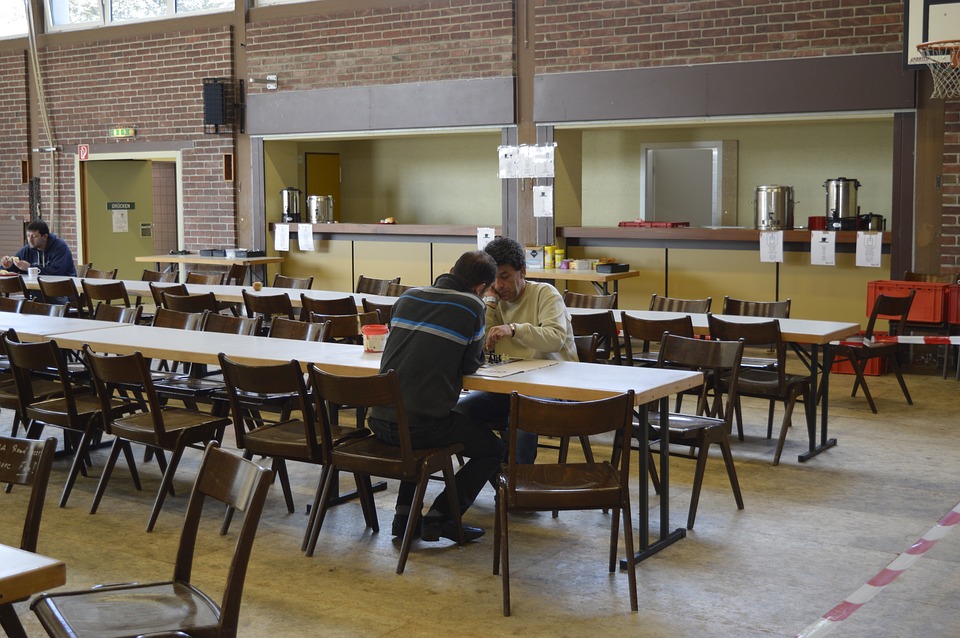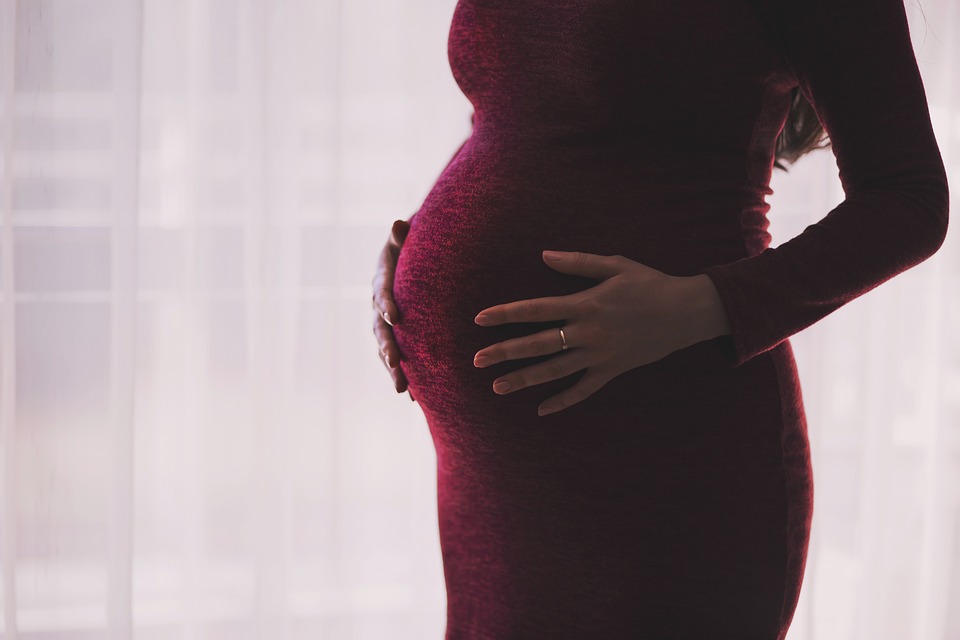Canadian Immigration and Syrian Refugees
How Canada Is Using Immigration Law, the Private Sector, and International Partners to Support Refugees
In recent months, Canada has made an exemplary commitment to the settlement of thousands of Syrian refugees. Canadian immigration lawyers and support services have been busy assisting these newcomers’ transition into Canadian society. Though Canada has opened its borders to over 25,000 Syrian refugees, there are many challenges in establishing their successful transition to Canadian life. Upon arrival, many families do not speak the language and aren’t set up to easily transition into Canada’s economy. And despite our best efforts, hundreds of thousands of Syrians are still awaiting settlement in refugee camps, and still others are not able to leave their war-torn country in search of a safer, more stable community.
Over the course of 2016, the Liberal government has promised to sponsor an additional 10,000 Syrian refugees in Canada. This means more refugees coming in and needing assistance. While the country’s immigration supports and lawyers have been busy providing advice and gathering the documentation necessary for various refugee claims, the Liberal government has been making its own moves to assist in the successful transition of Syrians into Canadian society.
Private sponsors have also been working diligently to help settle the influx of refugees into the country, and immigration minister John McCallum has recently made several promises to improve the situation of Syrians both nationally and internationally. His first commitment is to encourage corporate involvement in the settlement of refugees. By involving the private sector, the government hopes to enhance the integration of refugees into Canada’s economy. And while Canada is holding off on promising additional spots for Syrian refugees until 2017, McCallum has stated the Liberals hope to expand the number of refugees accepted into Canada for their post-secondary education, something many immigration lawyers have noted has become increasingly difficult in recent years.
Internationally, the government hopes to encourage technical training and support to open up other countries’ borders for fleeing Syrians. By working with other countries, the International Organization for Migration, and the Syrian government, Canada hopes to encourage the number of Syrians that are able to leave the country. This is important because many working Syrians cannot claim refugee status, so alternative strategies are being developed to assist them.
These new efforts have been applauded when McCallum presented them at the UN conference in Geneva back in March. The Syrian refugee crisis is of a scale not seen since the Second World War, and Canada’s immigration lawyers feel that the support of the international community is crucial for the displaced population.
Many local initiatives, including Ottawa-based initiatives such as Matthew House Ottawa and the YMCA-YWCA newcomer services, welcome the support of their communities in assisting refugees upon their arrival in Canada.
Best Interests of the Unborn Child to be Considered in the Best Interest of the Child Analysis
A look at Li v. Canada (Minister of Citizenship and Immigration)
A Federal Court judge recently seized the opportunity to definitively state that the rights of unborn children should be considered as part of a “Best Interests of the Child” analysis. However, while Justice Shore’s reasons appear to read that there is no doubt as to whether fulfilling Canada’s mandate as a signatory to the United Nations’ Convention on the Rights of the Child (“CRC”) includes considering the best interests of the unborn child, upon closer examination, international law is not as clear as Justice Shore seems to convey.
In Li v Canada (Public Safety and Emergency Preparedness), 2016 FC 451 (“Li”), Justice Shore followed his own reasoning from two prior Federal Court decisions in holding that the Immigration Appeal Division (“IAD”) had not sufficiently considered the best interests of the Applicant’s unborn child. In this case, the Applicant conceded that he is inadmissible to Canada based on a prior finding of misrepresentation. However, in his application for judicial review, the Applicant sought relief based on humanitarian and compassionate grounds, in particular arguments related to his remorse for previously marrying a Canadian citizen solely to gain permanent resident status; his establishment in Canada through his current bona fide marriage; and the best interests of his unborn child.
In reaching his decision to readmit the file to the IAD, Justice Shore held that the IAD had neither adequately applied the best interests of the child nor had it sufficiently balanced the humanitarian and compassionate factors at play. Justice Shore further highlighted the importance of the Supreme Court of Canada’s reasoning in Kanthasamy v Canada (Citizenship and Immigration), 2015 SCC 61 (“Kanthasamy”), in which the Court reviewed how to analyze the best interests of the child in light of Canada’s role as a signatory to the CRC. In Kanthasamy, the Supreme Court stated that “decision-makers must do more than simply state that the interests of a child have been taken into account.” Instead, “these interests must be ‘well identified and defined’ and examined ‘with a great deal of attention’ in light of all the evidence.”
Drawing on the importance that Kanthasamy gives to Canada’s role as a signatory to the CRC, Justice Shore, as he had previously done in Kim v Canada (Minister of Citizenship and Immigration), 2010 FC 149, highlighted the ninth paragraph of the Preamble to the CRC, which states that:
Bearing in mind that, as indicted in the Declaration of the Rights of the Child, ‘the child, by reason of his physical and mental immaturity, needs special safeguards and care, including appropriate legal protection, before and as well as after birth.’ (emphasis added)
This statement is key to any analysis of the rights of unborn children, because, although Article 1 of the CRC defines a “child” as “every human being below the age of eighteen years,” aside from the above line in the Preamble, the remainder of the CRC is silent on whether the document extends rights to unborn children.
That said, in reviewing how international law has extended rights (if any) to unborn children, it is interesting to note that the confidence in which Justice Shore refers to this law does not play out in relevant international commentary. In fact, there remains significant discussion about to what extent unborn children benefit from human rights and how these rights should be balanced against the rights of their mothers, particularly when the mother herself is also a child. In this context it is also interesting to note that, besides Kanthasamy, the other two decisions that Justice Shore quotes in Li are his own.
Consequently, while Justice Shore’s decisions mean that Canadian immigration law now recognizes the best interests of unborn children, it remains to be seen how appellate courts will apply such law, given the vagueness of the CRC on this topic, to similar fact situations.
2015 Refugee Claim Data and IRB Member Recognition Rates
A look at the percentage of refugees being granted status
A recent Access to Information and Privacy (‘ATIP’) request obtained from the Immigration and Refugee Board (‘IRB’) revealed vast disparities in refugee claims and in recognition rate across decision-makers in 2015.
In 2015, some decision-makers rarely granted refugee status. E. Robinson (6.5%, 31 decisions) and D. McBean (7.9%, 38 decisions), G. Moreno (27.3%, 22 decisions) and D. Young (32.9%, 79 decisions). Others granted refugee status in most of the cases, M. Chevrier (70.0%, 50 decisions) and F. Ramsay (67.8%, 59 decisions) and in the new system J. Waters (98.5%, 65 decisions) and T. Shecter (93.0%, 43 decisions).
Furthermore, data shows that some countries that are designated as “safe” produced many positive refugee determinations in 2015. It is difficult to understand how such countries can reasonably be designated as “safe”. For instance, Hungary which had a 78.2% recognition rate in 2015, and which produced 169 successful refugee decisions (involving 504 individual claimants, mostly Hungarian Romani).
This year’s data also explained that many refugee claimants continue to be denied access to the appeal of their negative refugee decision at the Refugee Appeal Division (RAD) of the IRB and are ineligible for automatic stays of removal pending judicial review at the Federal Court. This includes large numbers of claimants who transited to Canada via the United States – even though one’s route to Canada has little to do with whether one has a well-founded fear of persecution.
Finally, while substantial variation in recognition rates persist, it should be noted that no decision-makers in 2015 who made 20 or more decisions denied every single claim they heard. It is worth considering whether this change relates to the shift to civil servant decision-makers (rather than political appointees as was the case prior to December 15, 2012).
Canadians May Have to Apply for Visas to Visit Europe
Immigration lawyers in Canada discuss the potential results of such a measure
This summer, the European Commission will make a decision on whether or not it will require visas from visiting Canadians. As observed by Michelle Zilio of The Globe and Mail, this topic comes at a critical time: when Canada and the European Union (EU) are working to build closer ties and ratify a historic free-trade deal.
Canada currently requires Romanians and Bulgarians to have visitor visas in order to visit or transit through Canada. As for the United States, they currently require visas for citizens from five EU member states: Poland, Croatia, Cyprus, Bulgaria and Romania.
Immigration, Refugees and Citizenship Canada explained that “Canada’s visa policy is not based on reciprocity. Rather, Canada must be satisfied that countries meet its criteria for a visa exemption”. The criteria not met by Bulgaria and Romania include migration issues, security of travel documents, public safety, border management and human rights.
According to Sorin Moisa, a Romanian member of the European Parliament, the criteria chosen by Canada is unfair, not transparent and can’t be challenged in court. He accused Canada of trying to do “social-political engineering,” demanding things of Romania it does not require from other countries, applying criteria that “would not hold water.”
The EU believe they are obligated to reciprocate with visa requirements of their own in order to comply with a visa reciprocity mechanism adopted in 2014. According to this revised reciprocity mechanism, “[i]f the third country has not lifted the visa requirement within 24 months of the publication date, the Commission shall adopt a delegated act on the temporary suspension of the visa waiver for 12 months for citizens of that third country.”
As such, if Canada refuses to lift its visa requirement for Romanians and Bulgarians by mid-July, the EU will be obligated to reciprocate. The EU’s College of Commissioners, which represents all 28 member states, was expected to proceed with a “delegated act” on April 12, 2016, to impose a visa requirement for Canadians and Americans visiting Europe. However, European Commissioners avoided making a decision and pushed the deadline off another 90 days.
However, many experts believe that the visa requirement will never be imposed on Canadians or Americans, as the implications for tourism and trade would be significant. Canadian Immigration lawyers are concerned by the implication that the European tourism industry would be a deterrent to the measure, given the potential loss of revenue from Canadian travellers who probably wouldn’t bother visiting countries where a visa is required.
Jason Langrish, executive director of the Canada Europe Roundtable for Business, believes that “[a] visa [requirement] would be unfortunate, to say the least, when you’re in the process of finalizing the most wide-ranging free-trade agreement in history and yet you could be imposing visas on tourists and travellers.” Nonetheless, Mr. Langrish does not believe it’s going to get to that point.
As such, the stakes are so high on both sides that it is highly likely that Canada will lift its visa requirements for Romania and Bulgaria or that the EU Commission will be overruled by majority votes at either the European Council (representing foreign ministers from 28 member states) or the elected members of the European Parliament in Brussels, if it decides to impose visa requirements against Canadians.
Even if the EU votes “yes” to impose visa requirements for Canada and the United States, “there are so many processes that need to be put in place before it would become mandated, so I would not worry about it at this point” as explained Mary Jane Hiebert of the Association of Canadian Travel Agencies. Considering this fact, there is no need for Canadian travellers to panic, since a number of barriers stand in the way of the measure coming into force any time soon.
Will Americans Really Move to Canada if Elections Don’t Go Their Way?
Canada’s Best Immigration Lawyers Say, Probably Not
It seems that every election cycle brings around new threats from displeased Americans who want to move to Canada. The current state of American politics is not much different, except that perhaps both political sides of the aisle plan to run for the northern border if either Trump or Clinton win. But Canada’s best immigration lawyers know that these moving to Canada “threats” are more an expression of frustration than actual plans to move.
Realistically, there is no reliable method to gauge exactly how many Americans may pack up and move North if elections do not go their way. Canadian immigration does not track reasons for immigrating, making it difficult to assess how many, if any, Americans may consider trading in their citizenship for political reasons. Any decision to move may also be motivated by other factors such as employment and family, among many other personal reasons to move from one country to another.
Although there have been some notable spikes of American immigration to Canada over the years, including after the early 2000’s elections, these probably were less about politics and more about economics. The strength of the American economy seems to have a closer link to those staying or going. Even when Americans are leaving the States, immigration lawyers say that the perceived mass exodus is actually rather miniscule. For context, there are around 8,000 or 9,000 new Canadian permanent residents from the U.S., out of the roughly 260,000 total people obtaining their permanent residency in Canada each year.
Some immigration lawyers are even surprised to get phone calls from people they would not expect would want to leave the U.S. for Canada, such as Republican supporters. One poll suggests that 19% of Americans claim they would leave if Trump won the next election, but a strong 15% also state that they would leave if Clinton wins. Although more Democrats generally lean toward the moving to Canada threat, it is interesting to see a growing number of Republicans consider the same option. This may suggest that the threat to move to Canada is simply an opportunity to voice concern, displeasure, or possibly even find humour in an unfavorable political situation.
For those who look north for reasons other than escaping the American political climate, Canada’s best immigration lawyers are ready with advice. The reality of immigration is that it is a complex and lengthy undertaking, best suited for those looking for a country that provides family, employment, and fulfills an individual’s personal needs for relocation.





